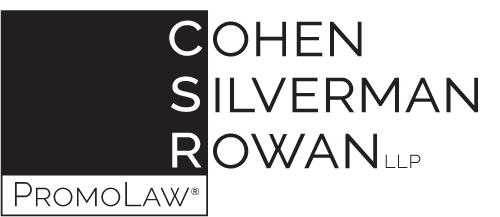Text message promotions conducted in conjunction with popular “reality television” programming (such as, The Apprentice or Deal Or No Deal) have been the subject of recent class action litigation in California and Georgia. Generally, the plaintiffs have argued that the imposition of a 99 cent premium charge for sweepstakes entry via text message transformed the promotion into illegal gambling, in that text message participants risked something of value -- the premium charge -- on an event outside their control (i.e., the determination of winners in the promotion). The inclusion of an alternate, non-purchase method of participation (the “AMOE”) did not “save” the promotion.
The plaintiffs’ argument represents a radical departure from promotion marketing law as it is currently and generally interpreted and enforced. Under the plaintiffs’ reasoning, the AMOE no longer neutralizes the element of consideration (i.e., the premium charge). Rather, the fact that some persons furnished consideration is determinative.
This line of reasoning can be traced back to the “Bank Night” cases of the early to mid 20th century, as well as more recent regulatory actions concerning scratch-and-win games offered with the sale of milk caps (or “pogs”), emergency phone cards and so-called “collector cards.” The scratch-and-win games are particularly relevant here, as attorneys general and courts largely concluded that the underlying product (i.e., the pog, phone card or collector card) was incidental to the game -- the exact opposite of the promotion marketing paradigm where the promotion serves to advertise a bona fide product. Within this context, the AMOE was largely dismissed as a rather flimsy pretext designed to conceal conduct that amounted to a private lottery.
As the class actions continue to percolate through the court system, it is important to emphasize that no state regulatory body has adopted the plaintiffs’ arguments and no enforcement official has challenged the validity of premium text message promotions. It may therefore be premature to void premium text message promotions in any states. However, with respect to the class action suit in California mentioned above, on November 30, 2007 the US District Court in California denied the defendants’ motions to dismiss the case. In making this ruling, the Court interpreted California state case law as distinguishing between business promotions (which are designed to market the sale of legitimate products) on the one hand and “those where the game itself is the product being merchandized” on the other. The former are lawful; the latter are illegal lotteries. Based on the fact that the text message participants paid only for the ability to participate, the Court placed the promotions at issue in the “game as the product” category. As an aside, we note that the Court did not address why a reality-television program was not a legitimate product. In any event, a natural reading of the Court’s order suggests that had the text message participant received something of value beyond the ability to participate in the promotion (say, for example, a ring tone), the Court may well have reached a different conclusion.
Thus, care must be taken in developing a premium text message promotion. Here are some ideas to ameliorate the risk of proceeding, at least to a certain extent. First, be sure that the advertising clearly reflects that the promotion is designed to market a given product and is not an end in and of itself. A “game for game’s sake” is more likely to attract unwanted attentions of regulators, where a promotion for a legitimate product will not. Secondly, don’t forget the AMOE. To be effective, it must be clearly disclosed as well as fully functional. Lastly, give the text message participant something of value for her payment. The premium charge can then be characterized as purchasing something beyond participation in the promotion, thereby rebutting the contention that the text message entry method is nothing more than a “pay to play” vehicle.
